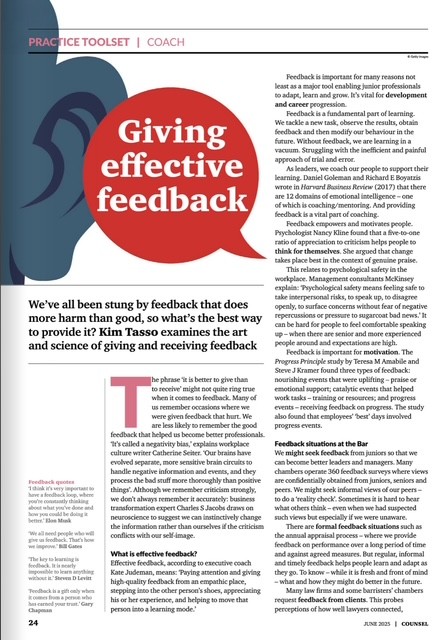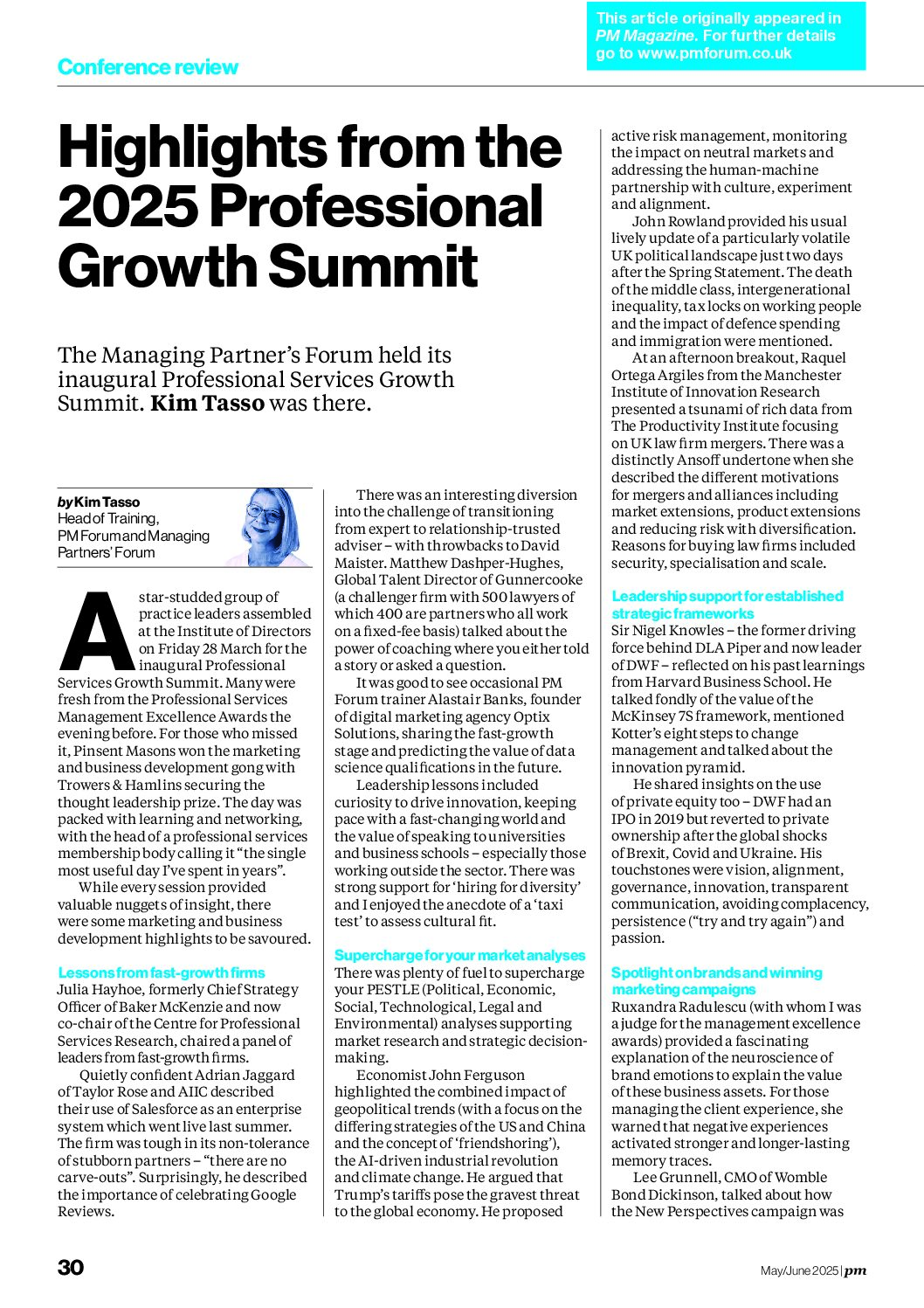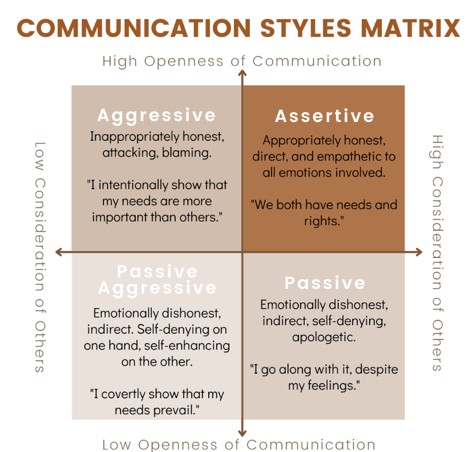
At the recent coaching skills course for Professional Marketing Forum delegates studied and practised a variety of coaching skills including: contracting, process, exploring/questioning, providing feedback and perspective, reframing, problem solving, goal setting, action planning and motivation.
But what generated the most interest amongst the mid and senior level managers was the session on active listening. Most people in business development understand the importance of the types of questions you ask and active listening in sales and selling situations (see, for example, http://kimtasso.com/faq/how-can-i-improve-my-active-listening-skills/) but in coaching and counselling, listening skills need to be developed to a higher level.
As well as demonstrating that you are respectful, open-minded and really paying attention to the person being coached, active listening skills can help probe issues at a much deeper level – revealing beliefs, internal frames of reference, values and limiting assumptions that may be the key to unlocking potential.
Here are some of the techniques in active listening that we explored:
Non Verbal Communication – Maintaining steady eye contact without appearing to stare and mirroring or matching posture signal that attention is being paid and that there is rapport. Nods and smiles can encourage people to continue speaking and elaborating on a point. Watching for inconsistencies between what someone is saying and their non-verbal communication may provide insight to their true feelings and opportunities to explore contradictions.
Silence – People often need time to think and reflect on a question or point before offering a response. Showing your tolerance for a comfortable silence gives others time to explore and articulate their feelings and thoughts more fully.
Restating or Reflecting – Simply repeating back words and phrases that the other person has spoken confirms that you are listening and encourages them to speak further. It helps to build trust in that the person can continue to speak without fear of you making (premature) judgements.
Paraphrasing – Saying what the other person has said in your own words demonstrates that you are absorbing the information and understanding the essence of their communication. It offers an opportunity for the other person to reflect on how their words are being perceived by someone else and to also correct the emphasis or meaning.
Summarising – When the other person has provided a lot of information, summarising helps to show that you have grasped all the main points and are effectively tracking what they are saying. The other person also has the opportunity to indicate if anything critical has been overlooked.
Focussing – Similar to summarising, but here you might outline a number of issues that have been raised and offer a way to focus in or prioritise them for further discussion. Alternatively, you might encourage the person to focus further on something that they said in passing which may have greater importance.
We also explored how our values, experience, views and culture can impact our ability to listen in terms of being aware of preconceptions, internal mental models and listening filters.
Related posts on active listening skills
You’re not listening – What you’re missing (kimtasso.com) June 2024
Active Listening (Video) (kimtasso.com) November 2020
Non-Verbal Communication (NVC) – the basics (Video) (kimtasso.com) August 2021
Don’t jump to conclusions – Coaching and Consulting skills (kimtasso.com) February 2022
impact of Covid on listening while selling (kimtasso.com) October 2021
Coaching skills – the importance of active listening – Kim Tasso November 2014
emotional intelligence and teams in change management (kimtasso.com) January 2024
How to facilitate groups – 2 (Herding cats in professional services) (kimtasso.com) January 2022
Book review – Persuasion: The art of influencing people by James Borg (kimtasso.com) March 2021
Soft skills – Dealing with difficult conversations (kimtasso.com) September 2020
What is curiosity and why is it important in business relationships? (Video) (kimtasso.com) July 2021
Conversation skills book review (kimtasso.com) May 2023
Conversation skills book review 2 – How to talk to anyone: 92 little tricks (kimtasso.com) May 2023
Conversation skills book review 3: Conversational intelligence (kimtasso.com) May 2023
How to start conversations that get results (kimtasso.com) September 2023
leadership conversation skills: SCARF model of neuroscience (kimtasso.com) October 2023
Why are questions so important? (Questioning skills) (kimtasso.com) February 2024
What is Socratic questioning? (Questioning skills) (kimtasso.com) February 2024
Soft skills revisited – with a leadership perspective (kimtasso.com) November 2022
DACRIE – A model to enhance business relationships (kimtasso.com) April 2019
Managing client complaints – Process, anger and apologies (kimtasso.com) June 2021
Never split the difference: Negotiating by Chris Voss (kimtasso.com) May 2021
How can I improve my active listening skills? – Kim Tasso March 2010









